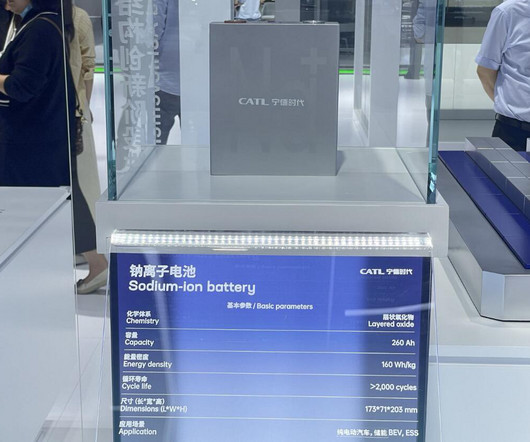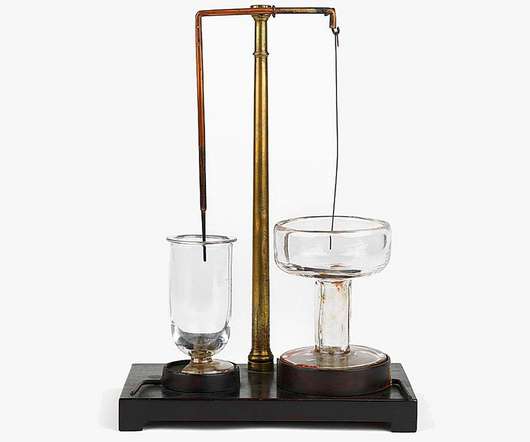Expanded graphite as a superior anode for sodium-ion batteries
Green Car Congress
JUNE 8, 2014
Researchers at the University of Maryland, with colleagues at the University of Illinois at Chicago, report on a new method for expanding graphite for use as a superior anode for sodium-ion batteries in a paper in Nature Communications. Sodium (Na) is an earth-abundant and inexpensive element, and shares many properties with lithium.













Let's personalize your content